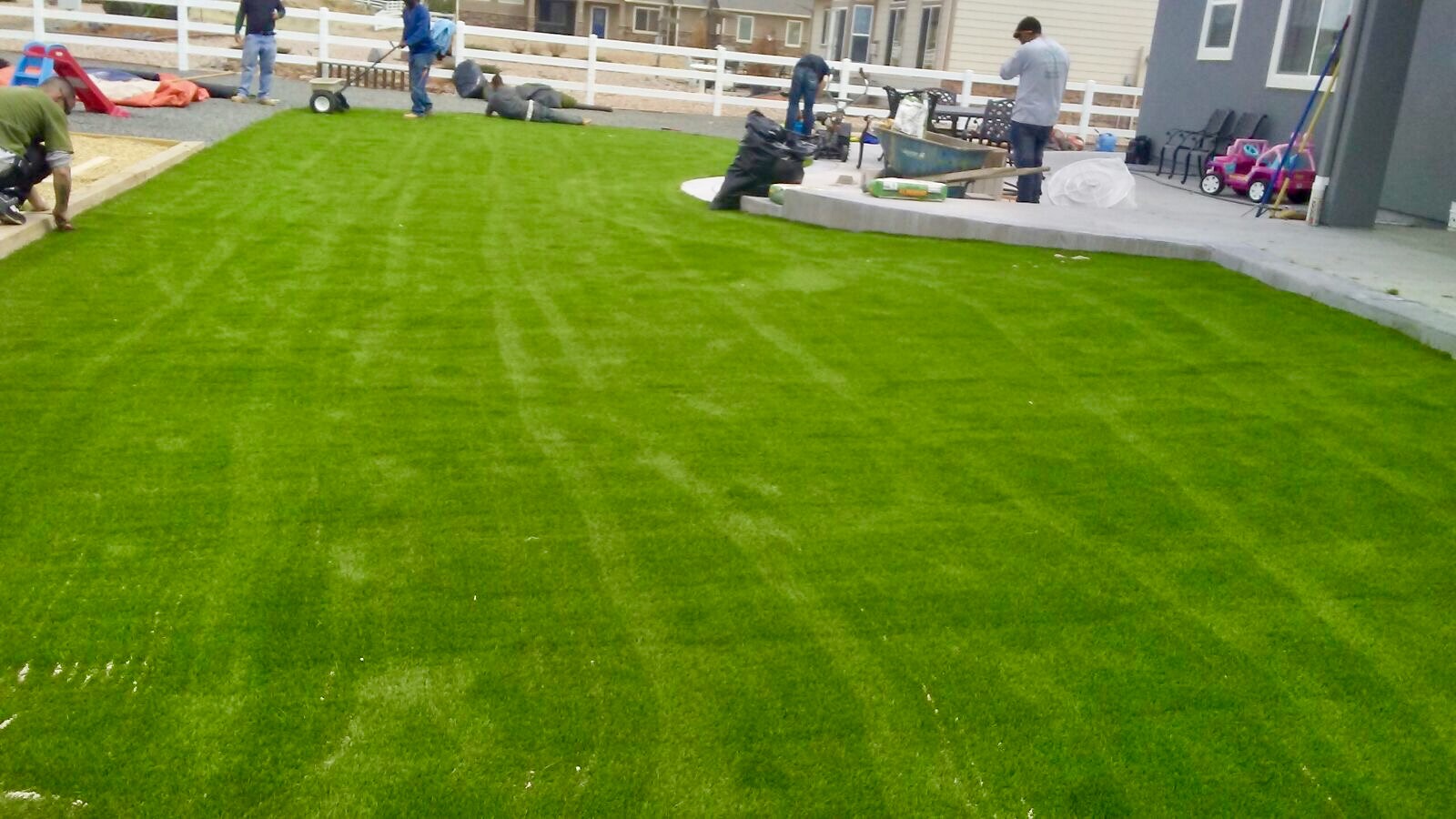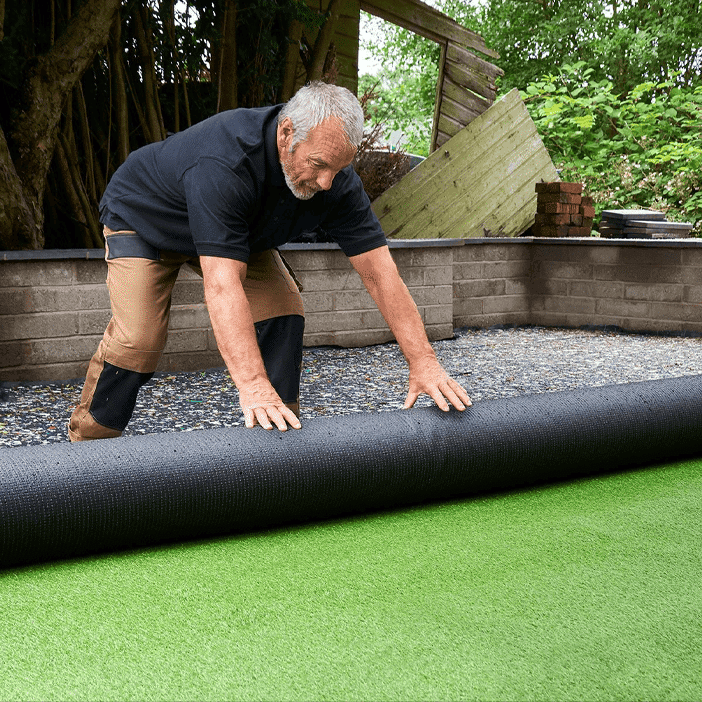Weather-Resistant Arizona Artificial Turf for Home and Commercial Applications
Weather-Resistant Arizona Artificial Turf for Home and Commercial Applications
Blog Article
Delve Into the Environmental Advantages of Opting for Synthetic Grass Solutions
The fostering of synthetic grass remedies offers a compelling opportunity to resolve pressing ecological difficulties. By substantially reducing water usage and minimizing the application of harmful chemicals, these alternatives not only promote sustainable landscape design but also safeguard regional ecosystems.
Water Preservation Perks
One of the most significant benefits of fabricated lawn is its capability to preserve water. In comparison, synthetic turf does not require watering, dramatically reducing the total demand for water resources.
By eliminating the demand for routine watering, artificial lawn adds to sustainable landscape methods and helps minimize the environmental influence of excessive water usage. The preservation of water extends to the reduction of overflow, which can lead to dirt erosion and waterway air pollution.
In addition, the setup of artificial turf enables property owners and districts to allocate water resources more effectively, concentrating on essential uses such as alcohol consumption water and agriculture. The shift in the direction of synthetic grass not just promotes responsible water usage however additionally straightens with broader environmental goals focused on protecting natural resources.
As neighborhoods increasingly focus on sustainability, the water preservation advantages of fabricated lawn provide an engaging instance for its fostering in household and commercial landscape design projects.
Lowered Chemical Usage
The transition to synthetic grass significantly reduces the dependence on chemical therapies frequently utilized in all-natural yard upkeep. Typical lawn management normally includes the application of pesticides, herbicides, and fertilizers to advertise development and control bugs. These chemicals can posture dangers to human health and wellness, local wildlife, and the environment, adding to dirt and water contamination.
On the other hand, man-made turf gets rid of the requirement for these hazardous substances. As soon as set up, it needs marginal maintenance, primarily being composed of normal cleaning and infrequent infill replenishment. This decrease in chemical usage not only profits the instant environment yet also adds to more comprehensive environmental stability. By decreasing the launch of artificial compounds right into the community, synthetic grass advertises healthier dirt and water systems.
Furthermore, the lack of chemical overflow connected with artificial grass installments assists protect regional rivers from pollution, sustaining water life and keeping biodiversity. Phoenix turf companies. As areas progressively focus on lasting methods, going with synthetic grass provides a viable service that lines up with ecological conservation objectives. Via this shift, homeowner can appreciate lush eco-friendly areas without endangering eco-friendly wellness, leading the way for a more sustainable future
Reduced Carbon Impact

In addition, the installation of synthetic lawn can result in considerable water preservation. All-natural grass require significant quantities of water for irrigation, which not only contributes to look here the carbon footprint connected with water removal and therapy yet likewise pressures regional water sources. On the other hand, synthetic lawn requires marginal upkeep, calling for no watering, thus significantly decreasing water usage and its associated energy expenses.
In addition, the long life of fabricated lawn adds to its reduced carbon effect. With a life expectancy of as much as 15 years or more, the need for frequent replacements is reduced, leading to less waste and lower energy usage in manufacturing and taking care of typical grass options. On the whole, synthetic grass presents a sustainable option for environmentally aware landscaping.
Habitat Preservation
Environment conservation is an important consideration in the discussion over landscape design options, particularly when contrasting synthetic grass to natural yard. Natural grass yards frequently require extensive upkeep, including making use of fertilizers, chemicals, and herbicides, which can adversely influence regional communities. These chemicals can seep right into the dirt and waterways, damaging native flora and fauna and interfering with local environments.
In comparison, synthetic lawn presents a possibility to minimize the eco-friendly footprint of landscaping. By opting for artificial turf, home owners can reduce the disturbance of all-natural environments related to standard lawn treatment methods. Synthetic grass removes the need for hazardous chemicals, therefore safeguarding neighboring wildlife and maintaining the stability of surrounding ecosystems. The setup of fabricated turf can lead to the conversion of former turf areas right into more biodiverse landscapes, such as pollinator gardens or native plant areas, which can support local wildlife.
Eventually, the shift to fabricated lawn not just preserves water and lowers upkeep initiatives yet additionally promotes a much more harmonious connection between human activities and the native environment, advertising environment preservation in the process.
Long-Term Sustainability
Lasting sustainability is a vital factor in evaluating the advantages of fabricated lawn over typical grass yards. Among the most substantial advantages of artificial lawn is its longevity; it can last approximately 15-20 years with very little maintenance, whereas natural yard calls for regular reseeding and replacement. This long life lowers the requirement for constant sources, such as water, fertilizers, and chemicals, which are essential for keeping a healthy grass yard.
Additionally, synthetic turf adds to a reduction in carbon exhausts Our site connected with lawn treatment devices. Traditional grass commonly require gas-powered lawn mowers, leaners, and blowers, every one of which contribute to air contamination. Arizona artificial turf. On the other hand, synthetic grass eliminates the demand for such equipment, advertising a cleaner atmosphere
Moreover, the manufacturing of synthetic grass increasingly uses recycled materials, boosting its sustainability profile. As suppliers take on green techniques, the environmental impact of synthetic grass remains to lessen.

Verdict
The adoption of artificial lawn solutions offers considerable environmental benefits, including significant water conservation, minimized dependence on unsafe chemicals, and a reduced carbon footprint. Furthermore, synthetic lawn aids in maintaining natural environments by decreasing land disruption and advertising long-lasting sustainability via making use of sturdy materials. Jointly, these factors highlight the possibility of synthetic grass to add favorably to environmental health and wellness and supply a practical option to typical landscaping methods in an increasingly resource-conscious world.
In comparison, synthetic grass does not require watering, considerably minimizing the total need for water resources. By lessening the launch of artificial substances into the ecosystem, fabricated grass advertises much healthier dirt and water systems.
Moreover, the installation of man-made grass can result in substantial water conservation. In contrast, artificial turf needs marginal maintenance, requiring no watering, thus considerably minimizing water use and its associated energy costs.

Report this page